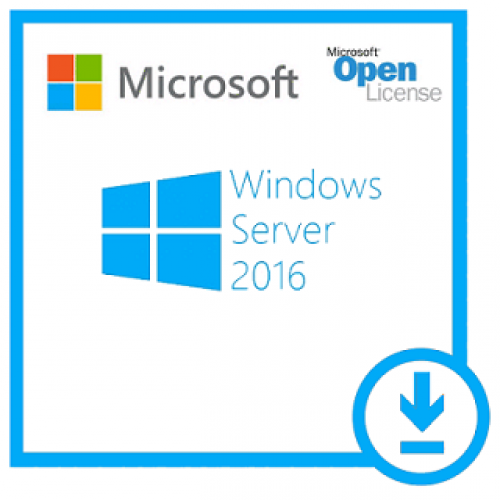
But if you’re prepared to move workloads to the cloud, you get a little more flexibility. The release of Windows Server 2022 is a good reminder that older versions of the OS will be losing support and security updates soon, along with older versions of SQL Server. Image: Shutterstock/Khakimullin Aleksandr Here's why you should be thinking about 2012 migrations now as well. The only way to get extended support for 2008 versions of Windows and SQL Server is in the cloud. You should be running one of the supported release numbers listed above in the rightmost column.It’s time to get off Windows and SQL Server 2012 (or run them on Azure) More information is available on the Microsoft Windows Server website. Customers can also get technical support for the ESU periodĪs long as they also have an active support plan. It includes Critical and/or Important security updates for a maximum of three years after the Extended Security Updates (ESU)įor some releases, customers also have the option to purchase Extended Security Updates (ESU). For example: version 20H2, for a release in the second half of the year 2020. Instead of a month, the release is named based on the release cycle. Starting with fall 2020 (20H2) releases, the identification changed. The support lifecycle for each release is 18 months. Fresh releases of Windows Server in the Semi-Annual Channel occurred twice each year. In this model, Windows Server releases were identified by the year and month of release: for example, in 2017, a release in the 9th month (September) would be identified as version 1709. Most of the features introduced in the Semi-Annual Channel have been rolled up into the next Long-Term Servicing Channel release of Windows Server. Semi-Annual Channel (SAC)Įach release in this channel is supported for 18 months from the initial release. The Long-Term Servicing Channel will continue to receive security and non-security updates, but it will not receive the new features and functionality. Users are entitled to 5 years of mainstream support and 5 years of extended support. With the Long-Term Servicing Channel, a new major version of Windows Server is released every 2-3 years.

There will be no future SAC releases of Windows Server. The Windows Server Semi-Annual Channel (SAC) was retired on August 9, 2022. Previously with Windows Server 2016 and Windows Server 2019 there have been two primary release channels available:
/GettyImages-921426911-5abbc8fa3418c60036e9be03.jpg)

This site uses Just the Docs, a documentation theme for Jekyll.


 0 kommentar(er)
0 kommentar(er)
